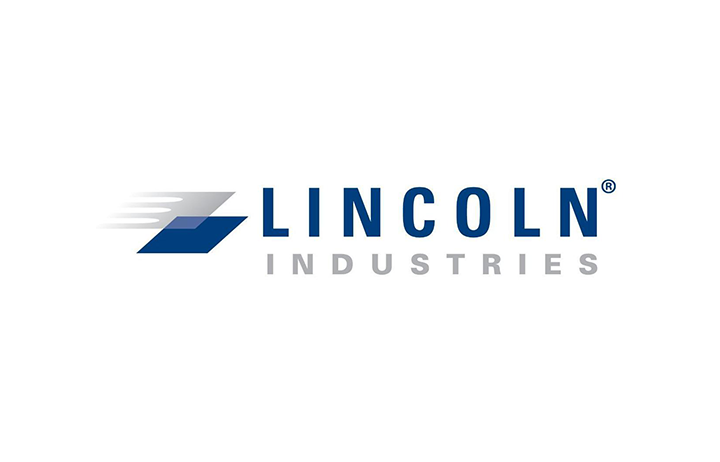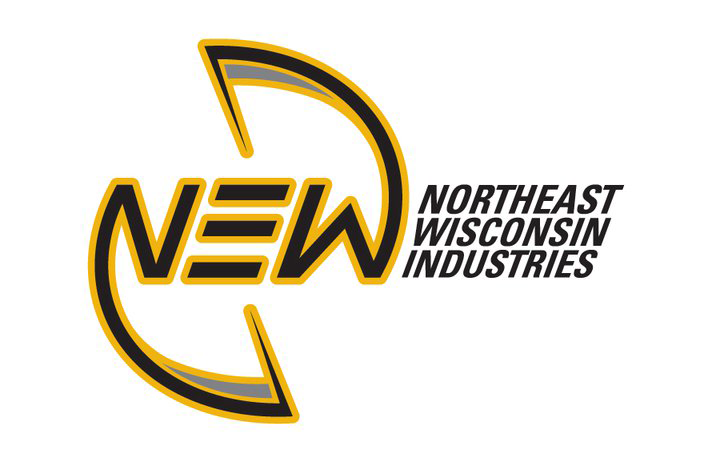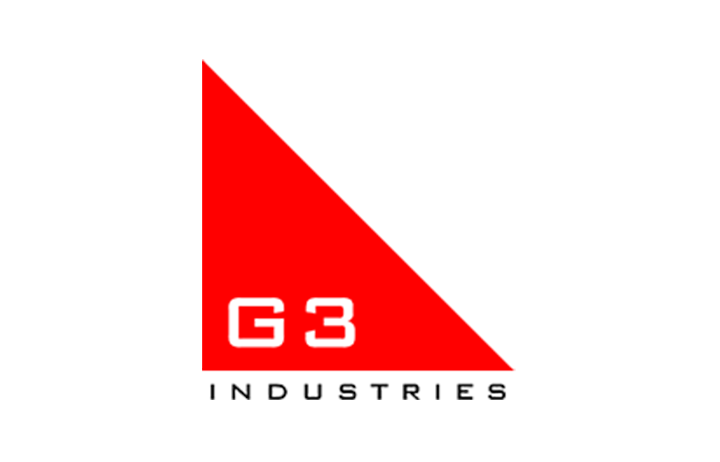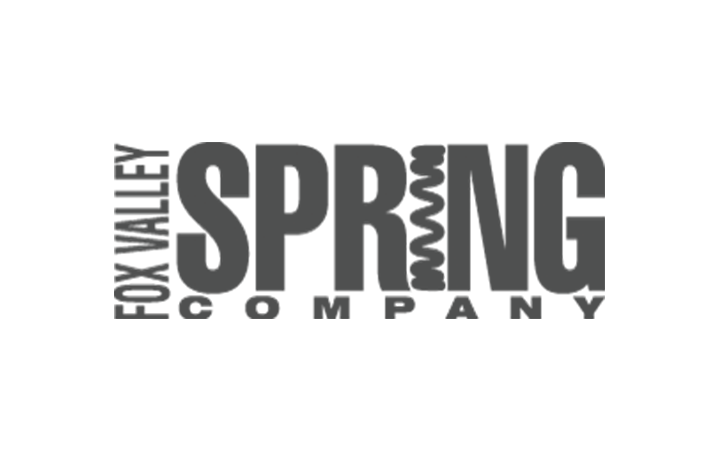E-coating, also known as electrophoretic deposition (EPD) or electrocoating, is a commonly used process in the aerospace industry for component protection. It is a coating method that involves the use of electrically charged paint or coating material to protect various components from corrosion, wear, and other environmental factors.
Here is how the e-coating process typically works:
- Preparation: The component to be coated is thoroughly cleaned to remove any dirt, grease, or contaminants that may interfere with the adhesion of the coating. This step is crucial to ensure proper coating quality.
- Electrodeposition: The component is immersed in a tank containing a water-based paint or coating material. This coating material consists of resin particles, pigments, additives, and an electrically conductive material.
- Electric charge: An electric field is applied to the tank, creating a voltage difference between the component (which acts as the cathode) and the tank walls (which act as the anode). This voltage difference causes the paint particles to migrate and deposit onto the component’s surface.
- Coating deposition: As the electric field is applied, the paint particles are attracted to the component’s surface, forming a uniform and continuous coating. The deposition process is controlled by adjusting the voltage, time, and other process parameters to achieve the desired coating thickness.
- Curing: After the component is coated, it is typically cured in an oven or through a curing process to ensure the coating fully dries and hardens. The curing process depends on the specific coating material being used.
The advantages of coating in the aerospace industry are many:
- Corrosion protection: E-coatings proved excellent corrosion resistance, which is crucial for aerospace components exposed to harsh environments, such as high humidity, saltwater, and extreme temperatures.
- Uniform coating: The electrochemical nature of the e-coating process ensures that the coating uniformly covers complex shapes, crevices, and hard-to-reach areas, providing consistent protection across the entire component.
- Thickness control: E-coating allows precise control over the coating thickness. By adjusting the process parameters, manufacturers can achieve the desired thickness, ensuring optimal protection while avoiding excessive weight gain.
- Environmental friendliness: Water-based e-coating materials have low volatile organic compound (VOC) content and are considered environmentally friendly compared to solvent-based coatings.
- Adhesion and durability: E-coatings adhere well to various substrates, including metals commonly used in aerospace applications. They also exhibit excellent durability and resistance to abrasion, impact, and chemicals.
- Cost-effectiveness: E-coating is a relatively cost-effective process due to its high efficiency and ability to coat multiple components simultaneously. It minimizes material waste and overspray, reducing overall production costs.
At Professional Plating, we know that e-coating is a valuable process in the aerospace industry for component protection. It offers superior corrosion resistance, uniform coating coverage, thickness control, environmental friendliness, adhesion, durability, and cost-effectiveness. These characteristics make it a preferred choice for many aerospace manufacturers to enhance the longevity and reliability of their components.





